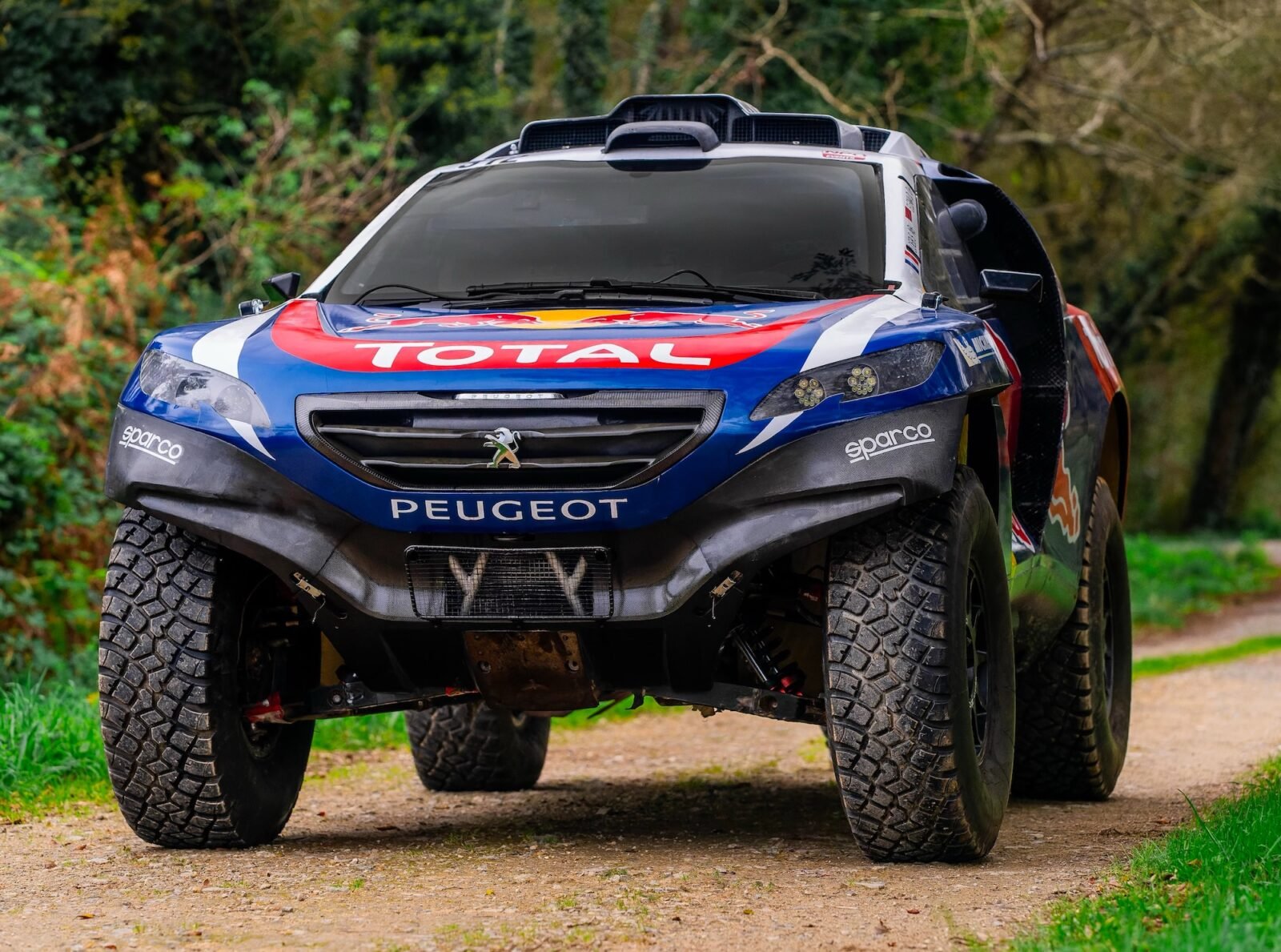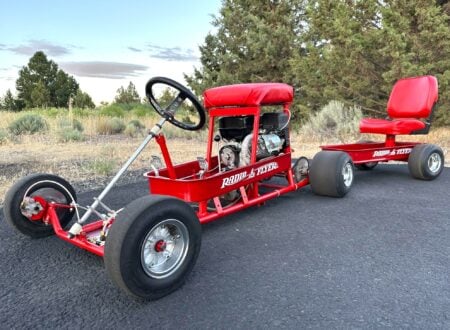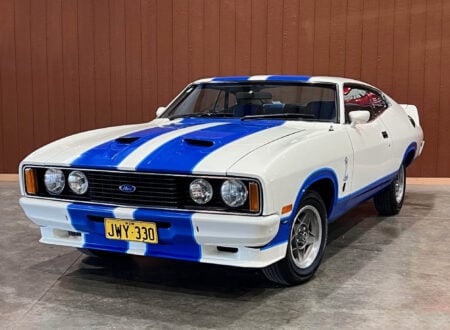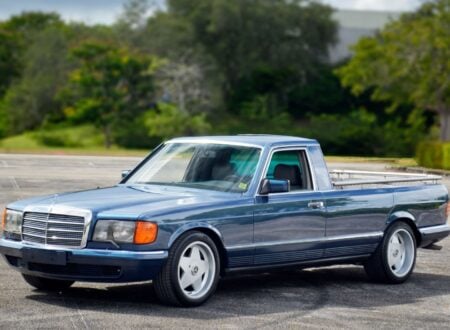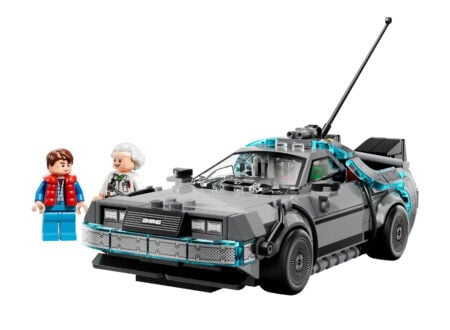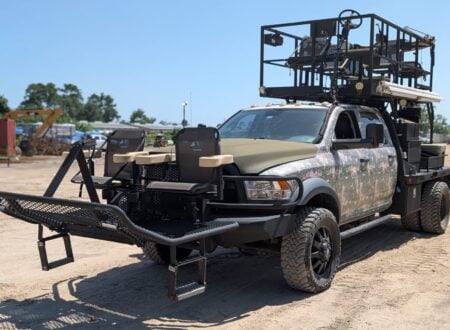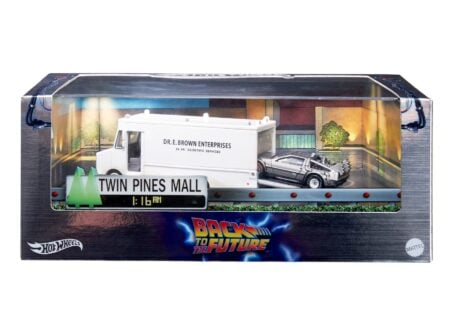This is the Peugeot 2008 DKR+ that was driven by Sébastien Loeb during the 2015 Rallye Oilibya du Maroc. This vehicle was then later upgraded to “+” specification and test driven by Carlos Sainz, Stephane Peterhansel and Sébastien Loeb.
Ultimately, this would be the only Peugeot 2008 DKR upgraded to “+” spec, and the fact that it was driven by a literal who’s who of modern-day rally legends will make it highly appealing to motorsport collectors.
Fast Facts: The Peugeot 2008 DKR+
- Peugeot’s return to the Dakar Rally in 2014 was entirely centered around the 2008 DKR, a two-wheel-drive rally raid prototype designed to exploit regulations allowing larger tires, lighter weight, and increased suspension travel for 2WD vehicles. It used a mid-mounted 3.0 liter twin-turbo diesel V6 producing 340 bhp, coupled to a 6-speed sequential transmission and specialized double-wishbone suspension front and back.
- After initial struggles at its 2015 Dakar debut, Peugeot heavily revised the 2008 DKR, addressing cooling, weight distribution, and reliability. These refinements paid off dramatically in 2016, when Peugeot secured all top three podium spots, led by legendary rally driver Stéphane Peterhansel, marking Peugeot’s first Dakar victory since 1990.
- The vehicle shown here, the Peugeot 2008 DKR+, is unique as the only example upgraded to the “+” specification. Originally driven by Sébastien Loeb during the 2015 Rallye Oilibya du Maroc, it later served as a crucial testbed, evaluated by Loeb, Carlos Sainz, and Peterhansel in preparation for the 2016 Dakar Rally.
- Post-testing, this significant piece of motorsport history was exhibited at the Peugeot Museum in Sochaux before moving into private ownership. Its storied history and direct association with multiple rally legends will likely make it especially attractive to motorsport enthusiasts and collectors.
History Speedrun: The Peugeot 2008 DKR
When Peugeot announced its return to the Dakar Rally after a 25-year hiatus, few expected the French manufacturer to field a rear-wheel drive machine in a race where four-wheel drive had long been the norm. But that’s exactly what they did. The Peugeot 2008 DKR, unveiled in 2014, didn’t just defy convention – it rewrote the playbook and turned the game on its head.
Above Video: This clip from Red Bull Motorsports shows the Peugeot 2008 DKR in action in the 2015 Dakar Rally.
Though it carried the name and basic silhouette of the road-going Peugeot 2008 crossover SUV, the 2008 DKR shared nothing with its roadgoing namesake. It was a bespoke rally raid machine designed by Peugeot Sport engineers who’d cut their teeth in endurance racing and the World Rally Championship.
With backing from Red Bull, Total, and Michelin, the team focused on exploiting a specific set of Dakar regulations that offered some key advantages to two-wheel drive vehicles over their four-wheel drive counterparts.
The Dakar Rally allowed 2WD entrants to run larger tires, longer suspension travel, and enjoy a lower minimum weight compared to their 4WD rivals. Peugeot saw a clear opening – by ditching four-wheel drive and embracing rear-wheel drive, they could build a lighter, more agile platform designed to handle the brutal mix of sand, rock, and wildly-varied terrain that defines the modern Dakar.
Under the bodywork, the 2008 DKR was powered by a 3.0 liter twin-turbocharged V6 diesel mounted in a mid-rear position. It produced 340 bhp and over 800 Nm of torque – ample power for the application.
Power was delivered to the rear wheels through a 6-speed sequential transmission. Suspension consisted of a long-travel double wishbone setup at each corner, giving the car nearly half a meter of wheel travel. The 37 inch Michelin tires were specially designed for the demands of endurance rally raid competition.
The team brought together seasoned rally veterans like Stéphane Peterhansel, who already had multiple Dakar wins under his belt, and newcomers to rally raid competition like nine-time WRC champion Sébastien Loeb.
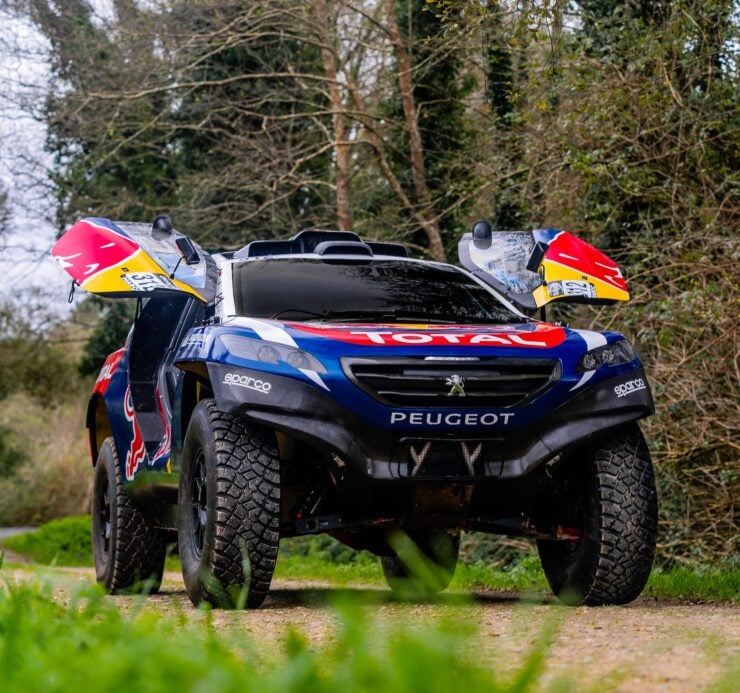

The 2008 DKR made its debut in the 2015 Dakar Rally. It was fast, but raw. The car struggled with mechanical issues and wasn’t yet able to challenge for overall victory. That changed quickly. Over the next year, Peugeot made substantial improvements to cooling, weight distribution, and reliability. The 2008 DKR16 was leaner, better balanced, and more predictable over rough terrain.
In the 2016 Dakar Rally, Peugeot’s gamble paid off. Peterhansel took the overall win, followed by Loeb and Despres, giving the 2008 DKR a clean sweep of the podium’s top three steps. It was Peugeot’s first Dakar win since 1990 and a vindication of their two-wheel drive concept.
The car’s performance over a variety of stages – ranging from high-altitude mountain routes to massive sand dunes – proved that smart engineering and a strategic look at the regulations could outmatch the benefits of four-wheel drive.
Following this success, the 2008 DKR evolved into the 3008 DKR, which would continue Peugeot’s dominance in the sport for another two years. The 2008 DKR, though only in service for a short period in relative terms, played a key role in reshaping how teams approached Dakar strategy.
The Peugeot 2008 DKR Shown Here
The vehicle you see here is one of the most historically significant examples of the Peugeot 2008 DKR, as it’s the only Peugeot 2008 DKR+ version that was built.
This is the car that was piloted by Sébastien Loeb in the 2015 Rallye Oilibya du Maroc alongside co-driver Daniel Elena. The pair took sixth in the second stage of the rally, and managed to achieve third place in the fourth stage, finishing 13th overall.
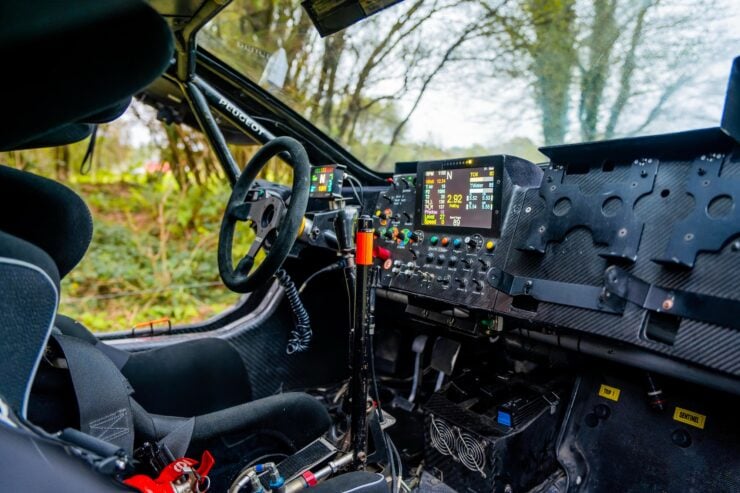

Later, this vehicle was used as a testing and development car, during which time it was fitted with evolution parts in preparation for the 2016 Dakar Rally – and it was then test driven by Carlos Sainz, Stephane Peterhansel, and Sébastien Loeb.
It was then stored in the Peugeot Museum in Sochaux before being acquired by a private collector. It’s now being offered for sale out of Ferrol, Spain on Collecting Cars and you can visit the listing here.
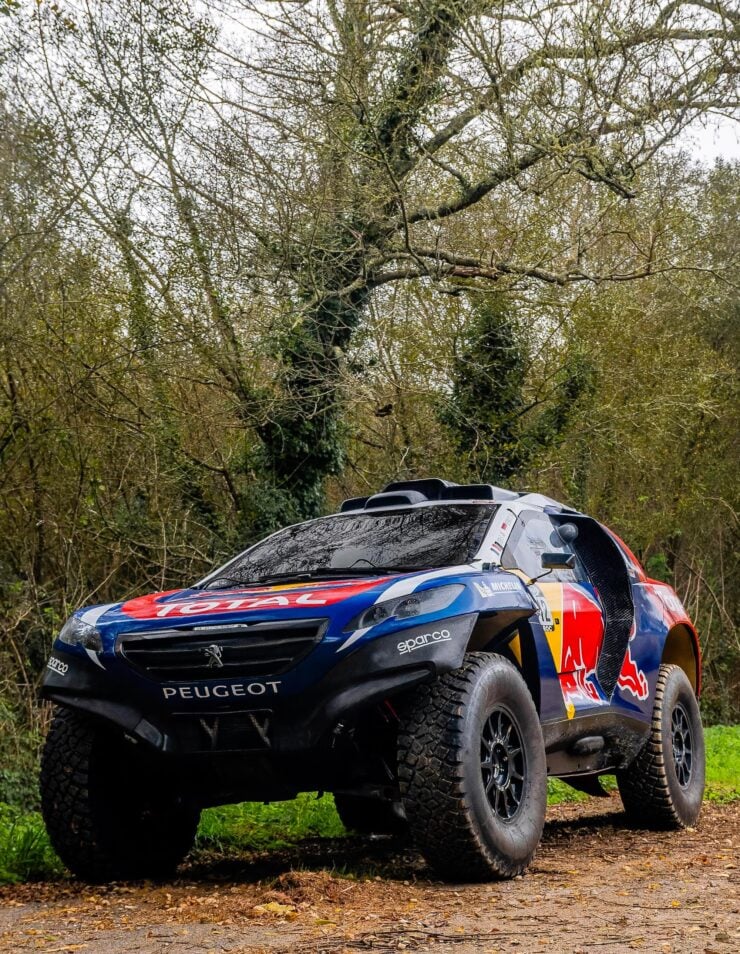
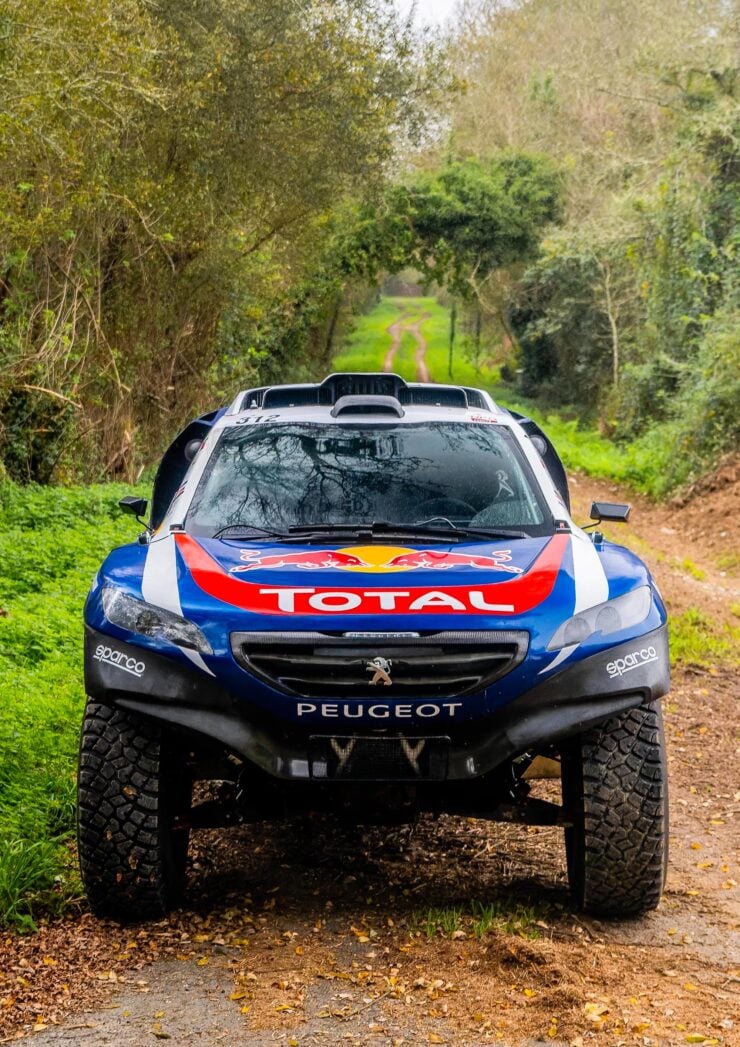
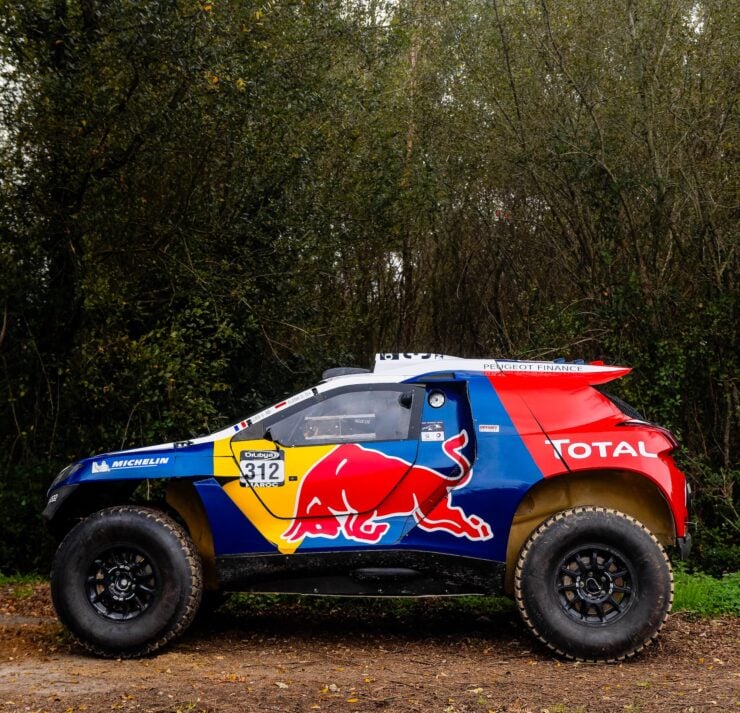
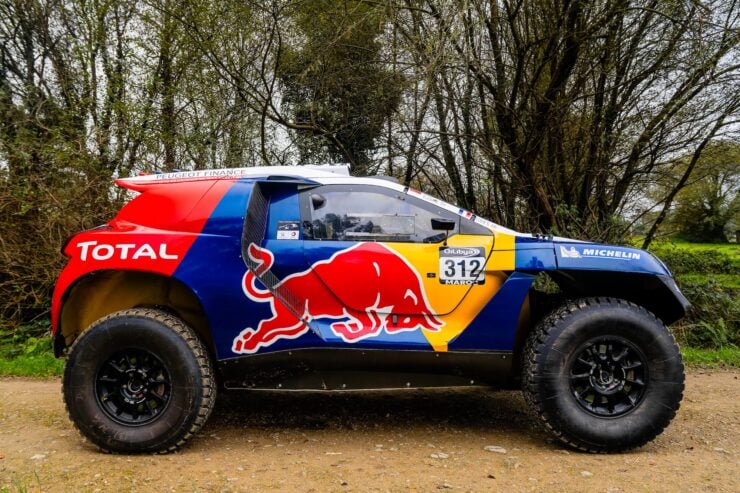
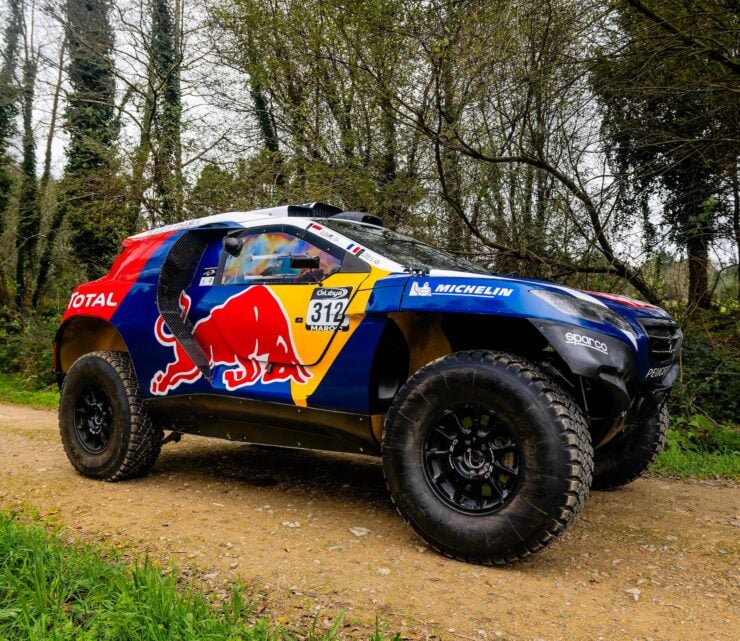
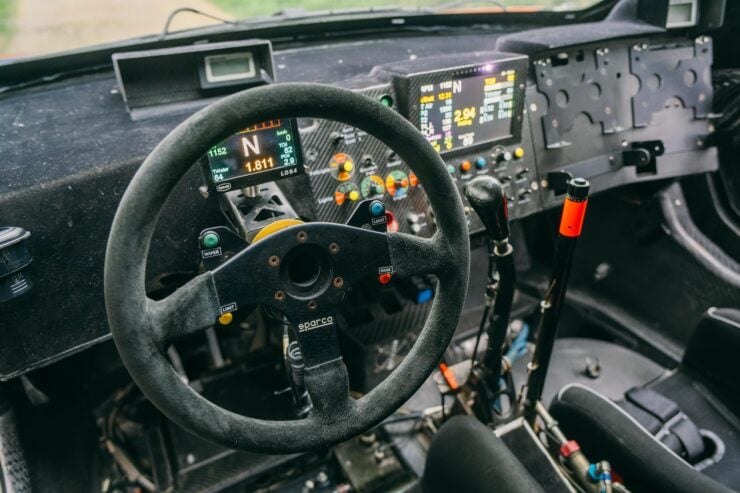
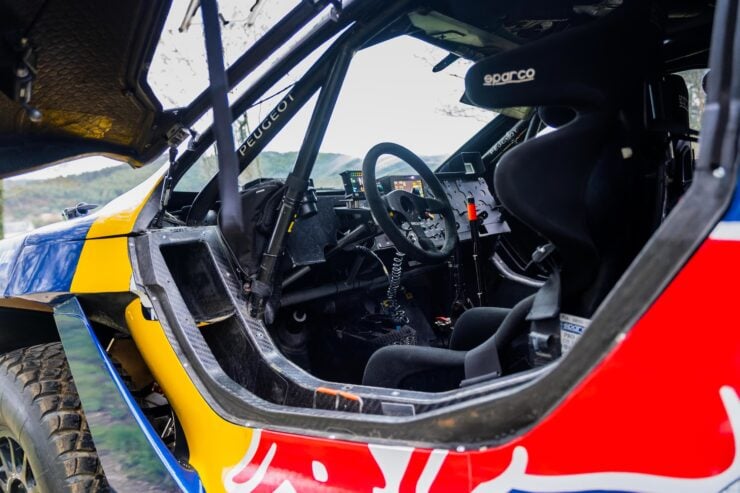
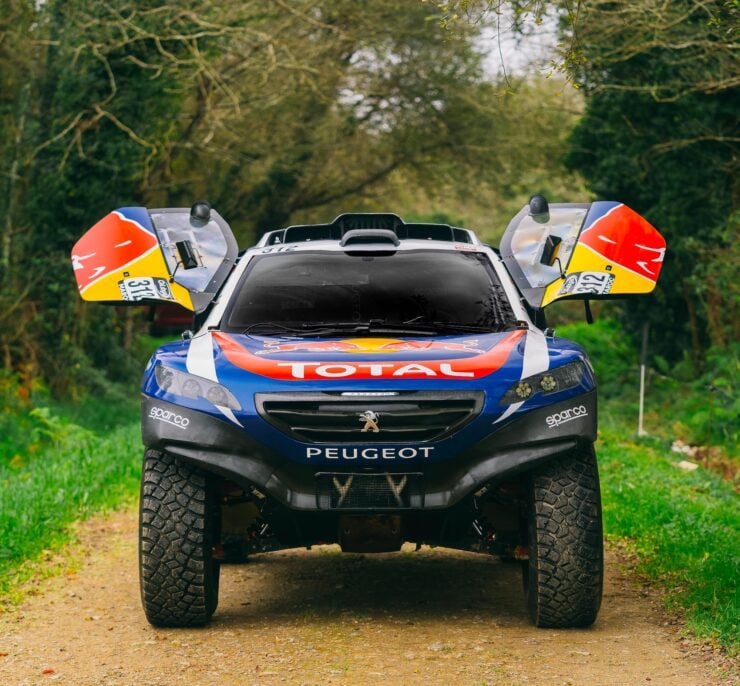
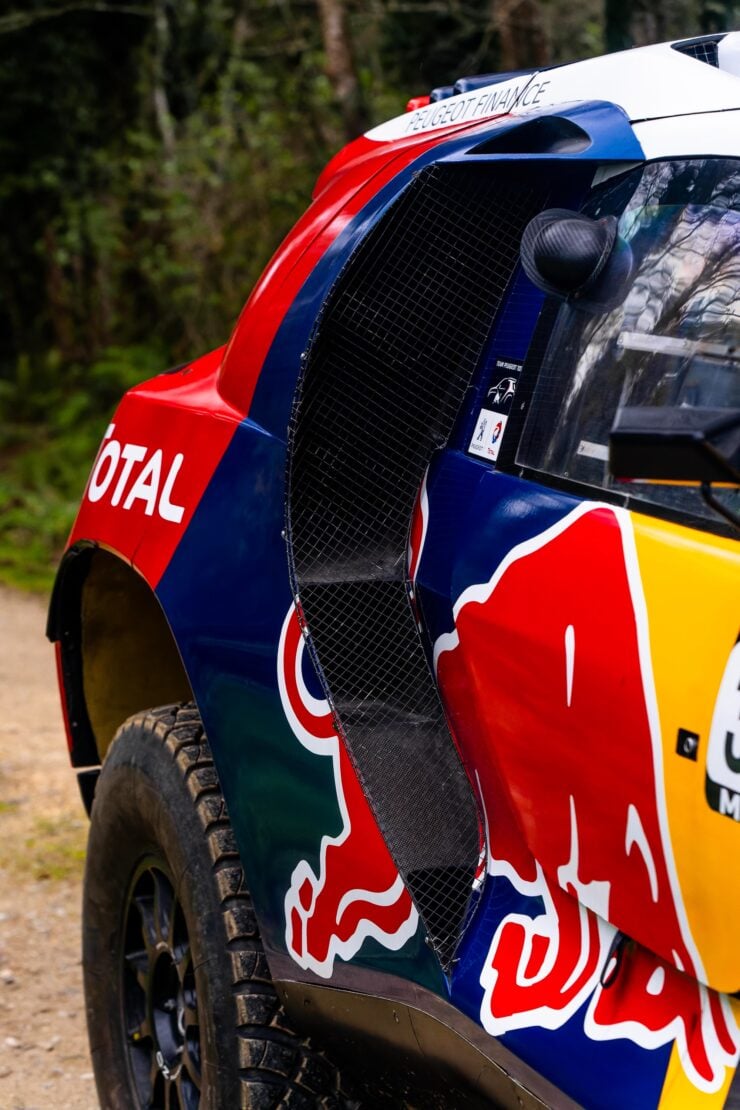
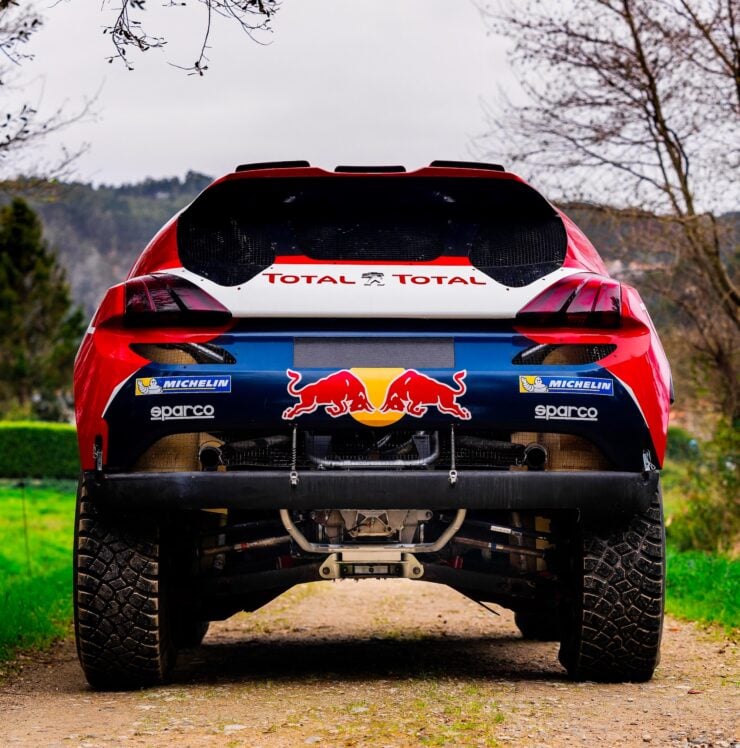

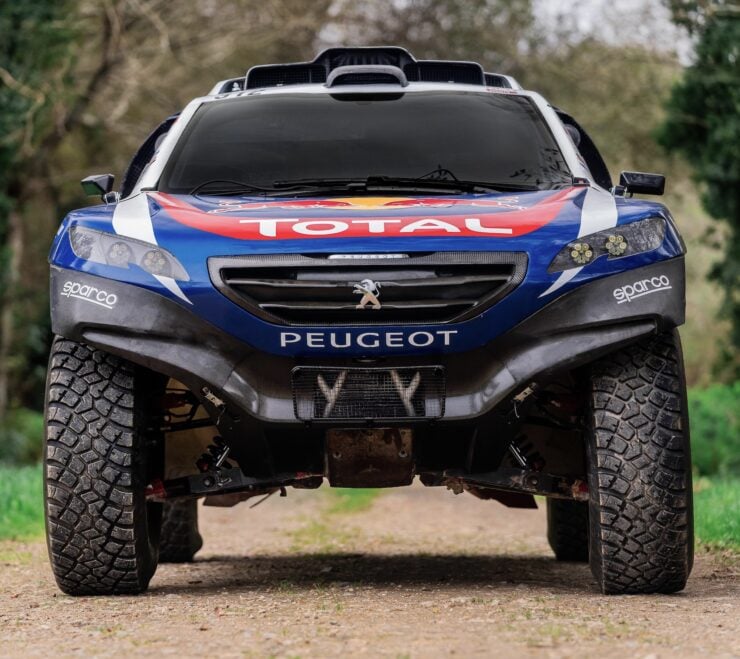
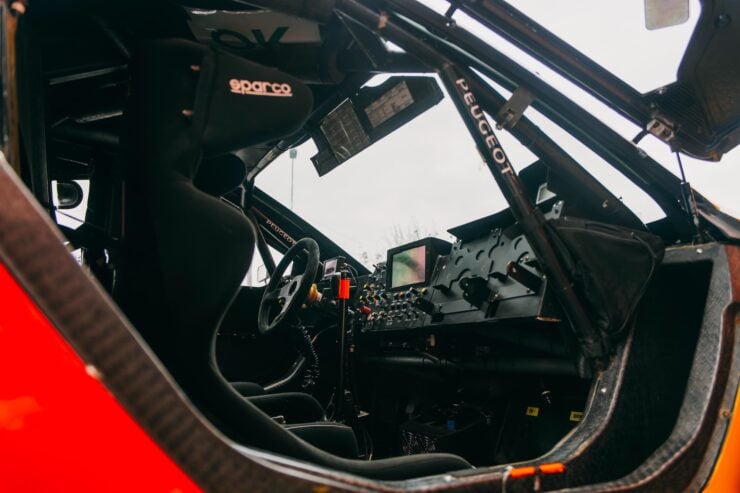
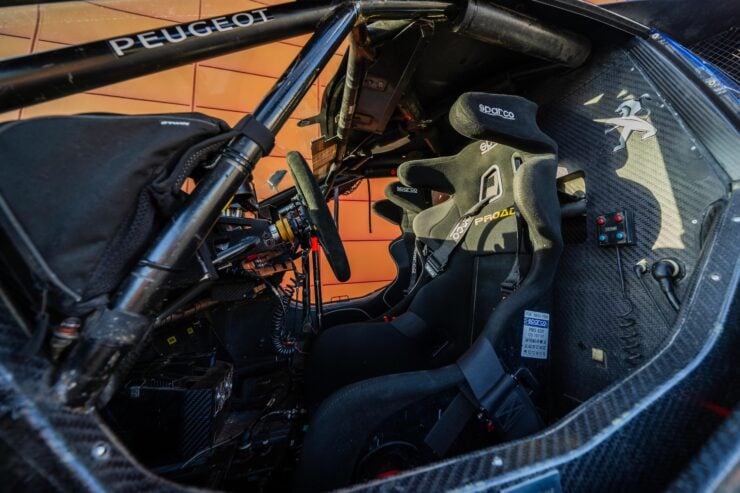
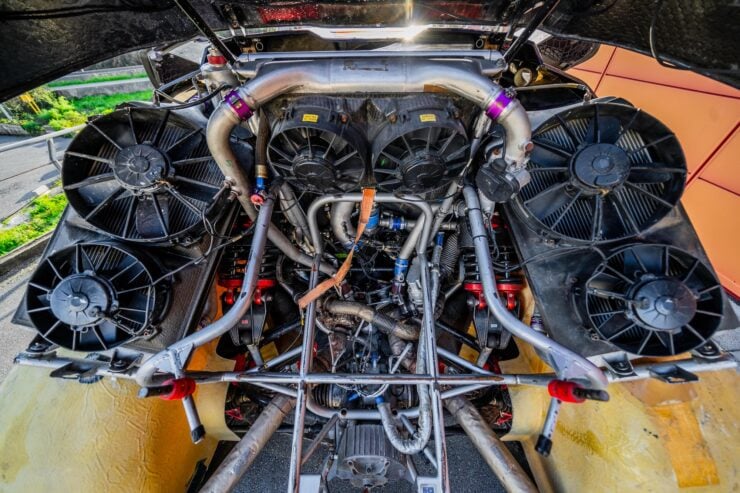
Images courtesy of Collecting Cars

